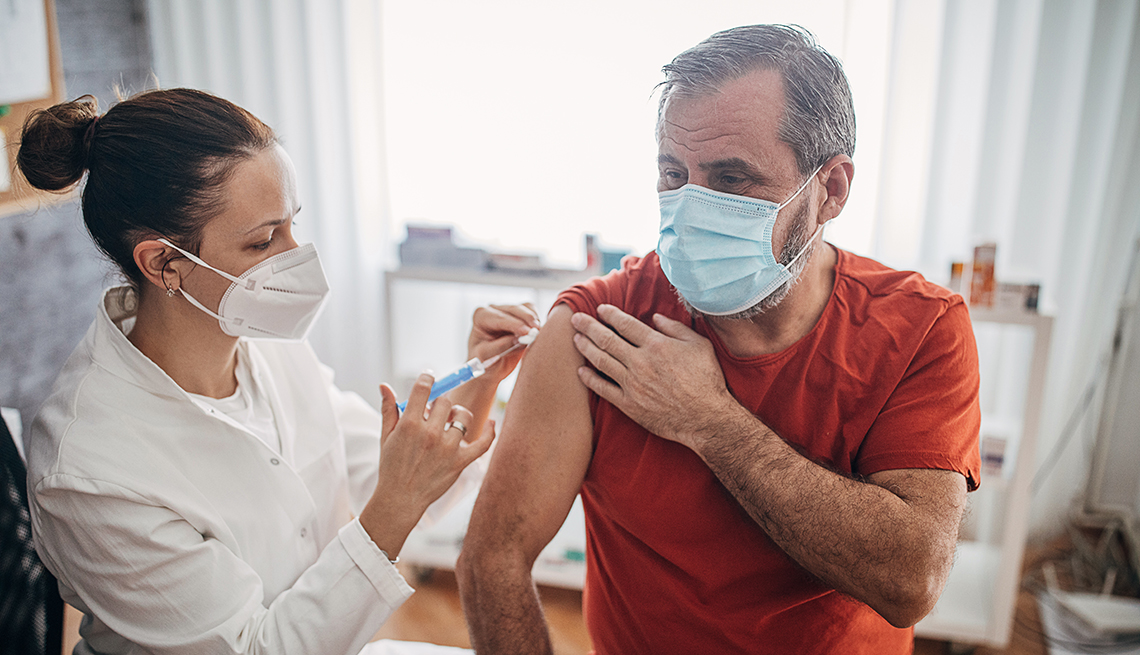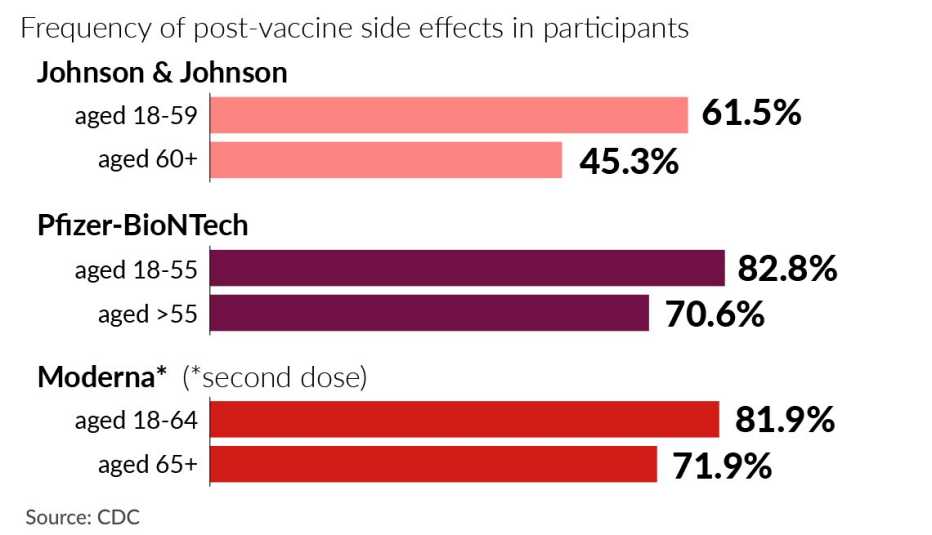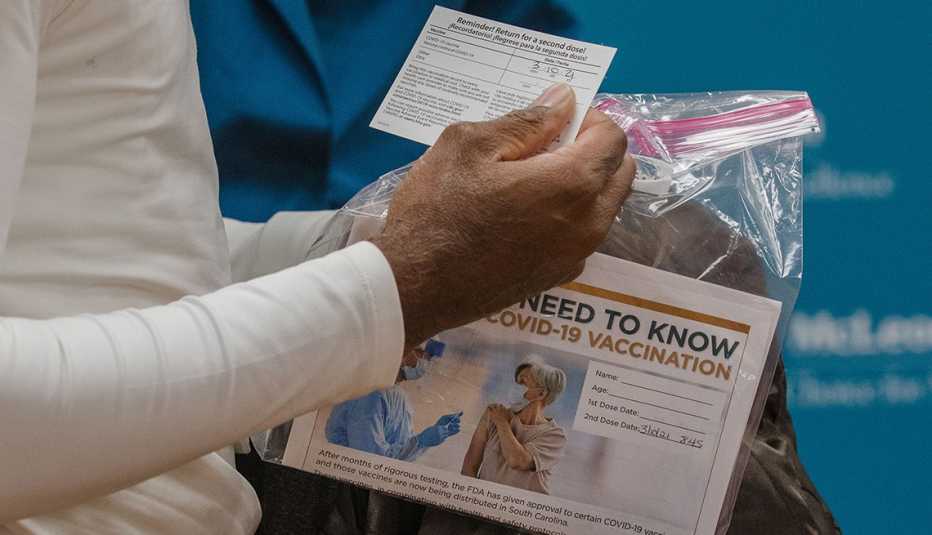Staying Fit
The majority of Americans 65 and older have been fully vaccinated against the coronavirus, but still nearly 20 percent have yet to get their first dose. Some plan to, some have no plans to and some are on the fence, according to the Kaiser Family Foundation (KFF) COVID-19 Vaccine Monitor project.
In fact, a significant share (24 percent) of adults ages 50-plus said in late March that they want to wait and see how the vaccines are working in others before they roll up their sleeves for the shot — and concern over potential side effects is a major reason for their delay, according to KFF's polling. A new AARP survey revealed a similar trend: It found that 59 percent of adults ages 50 and older who are somewhat or very unlikely to get a COVID-19 vaccine are concerned about the vaccine's side effects.


AARP Membership— $12 for your first year when you sign up for Automatic Renewal
Get instant access to members-only products and hundreds of discounts, a free second membership, and a subscription to AARP the Magazine.
Experts say one way to help alleviate anxiety over vaccine side effects is to set expectations from the start. Here's what older adults can anticipate, based on the data collected so far.
Injection site pain, headache, fatigue are most common
Here's some good news: A key finding from clinical trial data and from the first few months of vaccine rollout is that older adults have fewer side effects from a COVID-19 vaccine compared to younger populations.
"If there's a little bit of a silver lining to this cloud, it's that we who have gray hair are less likely to experience these reactions,” says William Schaffner, an infectious disease expert and professor of preventive medicine and health policy at Vanderbilt University.




































































